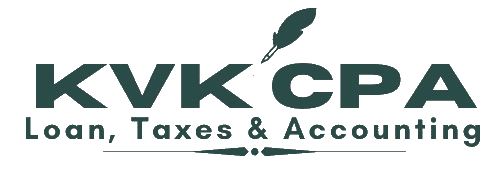An Overview of the Different types of Business Structures in Canada

Oh boy, starting a business in Canada, how thrilling! I mean, who doesn't love wading through all of the complex regulations and bureaucracy that come with it? And choosing the right business structure. Now that's the real excitement. I can hardly contain my enthusiasm.
1. Sole proprietor : As a sole proprietor, you are the captain of your own ship, steering the direction and making all the important decisions for your business. You also reap all the rewards (or bear all the consequences) of your business's profits and losses. This structure is perfect for small, low-risk businesses looking for flexibility and a quick and easy setup process. However, keep in mind that you don't have a liability shield, so you'll be personally on the hook for any debts and obligations incurred by your business.
2. Partnership : When John and Sarah first started their business, they knew they wanted to bring on more partners to share in the risks and rewards. After doing some research, they decided that a partnership was the right fit for their business. They had two options: a general partnership or a limited partnership. They chose the general partnership, which meant that they would both have an equal say in the business's operations and be equally responsible for its debts and obligations. This structure was a good fit for their business, which had moderate risk and allowed for shared decision-making and management. However, it also meant that they were fully exposed to unlimited liability. On the other hand, a limited partnership would have allowed them to bring on partners who had a financial interest in the business but were not involved in its day-to-day operations and were not personally liable for its debts and obligations.
3. Corporation : When Maria started her business, she knew that she wanted to protect her personal assets in case anything went wrong. After doing some research, she decided that a corporation was the right fit for her business. This meant that her business would be a separate legal entity from her and owned by shareholders. It also offered limited liability protection, which meant that she would not be personally responsible for the business's debts and obligations. This structure was suitable for her business, which had moderate to high risk and had the potential for greater stability and growth. However, she also knew that it would be more complex to set up and manage compared to other business structures and that she would not have as much control over the business as she would in a sole proprietorship or partnership. Maria also knew that corporations could be either federal or provincial and had to follow specific rules and regulations, including filing annual reports and holding shareholder meetings.
4. Cooperative : A cooperative is a business structure in which the owners are also the customers. It is owned and controlled democratically by its members, who share the profits and losses of the business. Co-ops can be organized for a variety of purposes, such as agriculture, housing, or retail. This structure is suitable for businesses that are community-oriented and allows for shared decision-making and management. However, it may be more difficult to attract outside investment and can be complex to set up and manage compared to other business structures.
5. Non-profit organization : A non-profit organization is a business structure that is organized for charitable, educational, or other purposes that do not involve making a profit. Non-profits are exempt from paying taxes on their income, but they must follow specific rules and regulations, including having a board of directors and filing annual reports. This structure is suitable for organizations that are focused on social or environmental causes and allows for the ability to receive tax-deductible donations. However, it may be more difficult to generate revenue and sustain long-term financial stability compared to for-profit businesses.
In conclusion, there are a variety of business structures available in Canada, each with its own benefits and drawbacks. The right structure for your business will depend on your specific goals, needs, and circumstances. It's important to carefully consider your options and seek legal and financial advice before making a decision.
How We can Help you?
KVK is a Certified Public Accountant (CPA) in Canada who has been helping small business owners select the right business structure for their companies. One of KVK's clients, John, owns a small consulting firm and was considering switching from a sole proprietorship to a corporation. KVK met with John to discuss his options and helped him understand the tax implications of each business structure. After considering the benefits and drawbacks of each option, John decided to form a corporation. KVK provided guidance on the process of incorporating and helped John set up the necessary paperwork and systems to ensure a smooth transition. KVK also provided ongoing support and advice to John as he grew his business, helping him make informed decisions about financial and tax planning. Thanks to KVK's expertise and guidance, John was able to select the right business structure for his company and grow his business successfully.

